Hello, plant lovers! 🌱
If you’re searching for a beautiful, resilient, and easy-to-care-for plant, succulents are a fantastic choice. These versatile plants come in countless shapes, colors, and sizes, making them perfect for any space—whether you’re a beginner or a seasoned plant parent.
In this detailed review, we’ll explore everything you need to know about succulents—from their unique traits and care requirements to their benefits and potential challenges. Whether you want a tiny desktop plant, a stunning centerpiece, or a drought-tolerant garden addition, this guide will help you decide if succulents are right for you.
Overview
Succulents are water-storing plants known for their fleshy leaves, stems, or roots, allowing them to thrive in dry conditions. Here’s a quick summary of what makes them special:
- Ease of Care: Extremely low-maintenance, great for beginners.
- Light Requirements: Prefer bright, indirect light but can adapt to different conditions.
- Watering Needs: Minimal—overwatering is the biggest risk.
- Soil & Potting: Require well-draining soil to prevent root rot.
- Growth & Longevity: Varies by species—some grow quickly, others stay compact for years.
- Variety: Thousands of species, from tiny rosettes to large sculptural plants.
- Cost: Affordable, with minimal ongoing expenses.
- Overall: A versatile, hardy, and visually appealing plant that fits almost any environment.
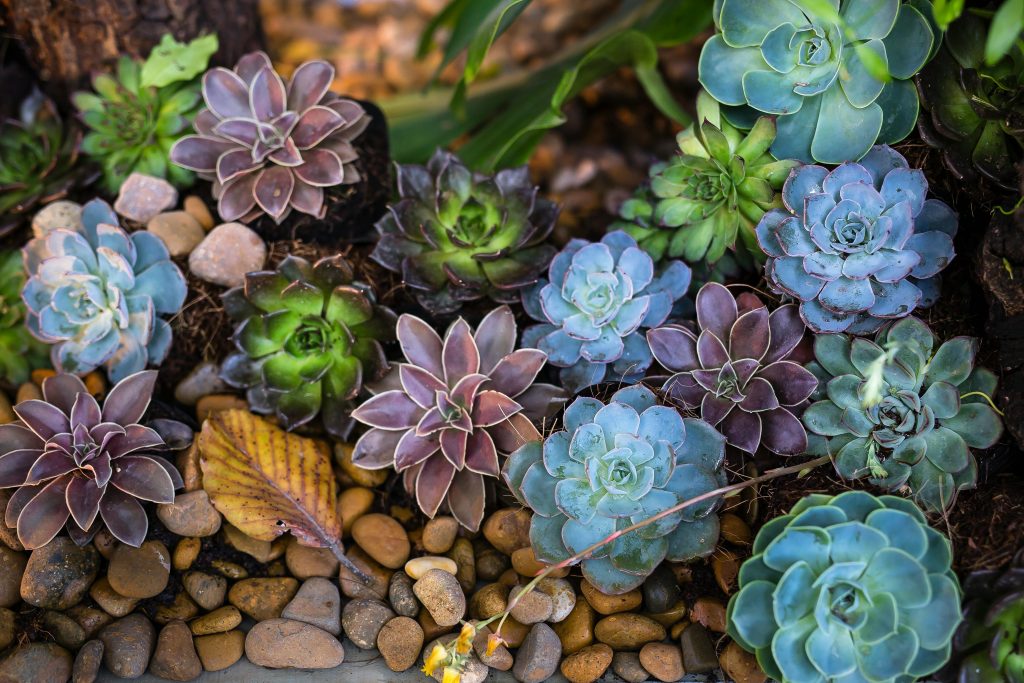
Why Choose a Succulent?
Succulents are more than just pretty decorations—they’re adaptable, long-lasting, and incredibly diverse. Their unique textures, colors, and occasional blooms make them a favorite for homes, offices, and gardens.
✔ Perfect for Small Spaces: Many stay compact, ideal for shelves, desks, or terrariums.
✔ Air-Purifying Qualities: Help filter indoor air pollutants.
✔ Decorative Flexibility: Fit modern, rustic, or bohemian aesthetics.
✔ Pet-Friendly Options: Some (like Haworthia and Burro’s Tail) are non-toxic to pets.

Types of Succulents: Finding the Right One for You
With thousands of species, succulents come in endless varieties. Here are some popular choices:
1. Beginner-Friendly Succulents (Low Maintenance)
- Echeveria – Rosette-shaped, comes in pastel hues.
- Jade Plant (Crassula ovata) – Thick, glossy leaves; symbolizes good luck.
- Aloe Vera – Medicinal properties, easy to grow.
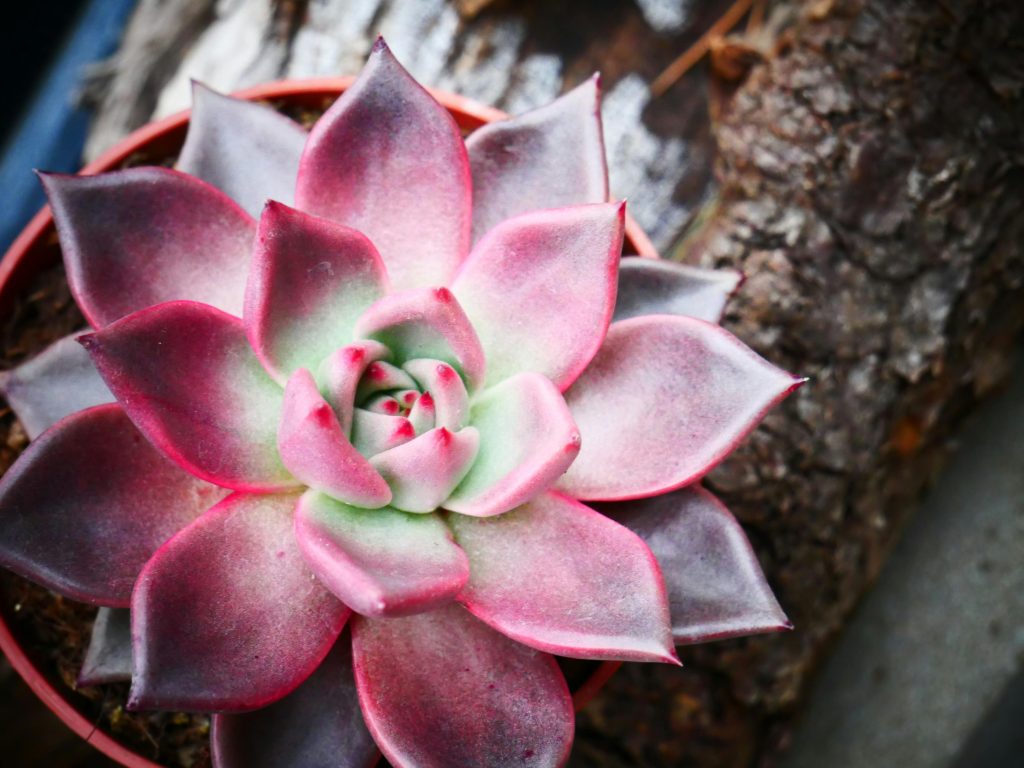
2. Trailing Succulents (Great for Hanging Planters)
- String of Pearls (Senecio rowleyanus) – Unique bead-like leaves.
- Burro’s Tail (Sedum morganianum) – Long, trailing stems with plump leaves.
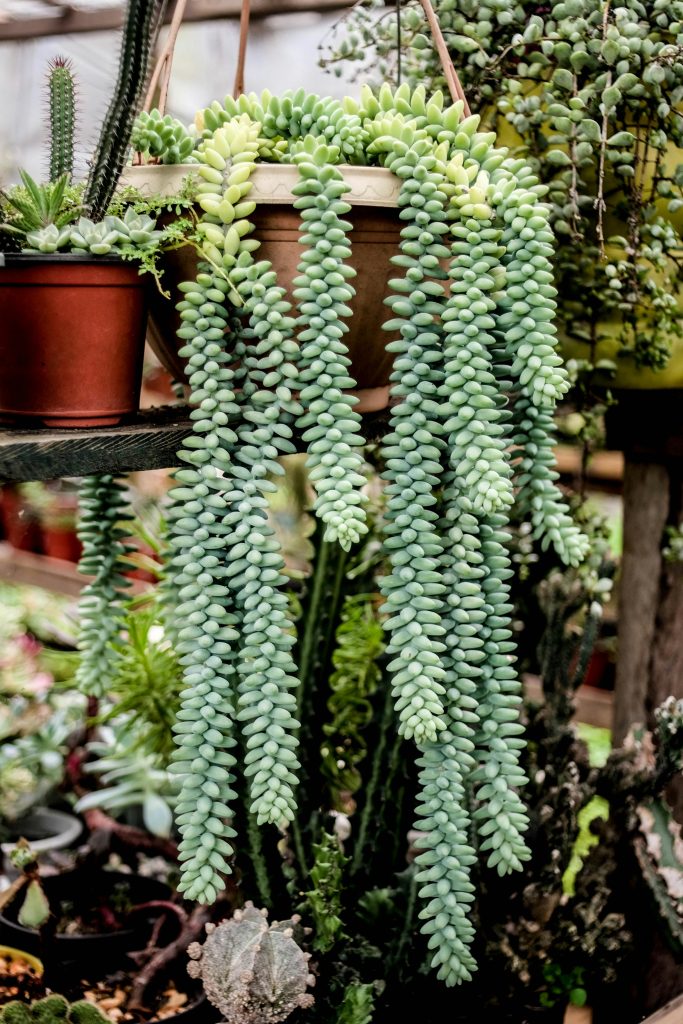
3. Unique & Rare Succulents (For Collectors)
- Lithops (“Living Stones”) – Mimic pebbles, ultra-low water needs.
- Black Rose (Aeonium arboreum ‘Zwartkop’) – Striking dark purple foliage.

Pro Tip: Research your succulent’s mature size and light needs before buying—some grow much larger than expected!
Care and Maintenance
While succulents are hardy, they thrive best with proper care.
Light Requirements
- Ideal: 6+ hours of bright, indirect light (east or west-facing windows).
- Low-Light Adaptation: Some (like Snake Plant) tolerate shade but may stretch.
- Signs of Poor Lighting: Leggy growth, faded colors.
Watering Guide
- Rule of Thumb: Soak and dry method—water deeply, then let soil dry completely.
- Frequency:
- Summer: Every 1-2 weeks.
- Winter: Once a month or less (dormant period).
- Danger Signs: Yellow leaves (overwatering), wrinkled leaves (underwatering).
Soil & Potting
- Best Mix: Cactus/succulent soil with perlite or coarse sand for drainage.
- Pot Choice: Terracotta or ceramic pots with drainage holes.
- Repotting: Every 2-3 years (or when roots outgrow the pot).
Temperature & Humidity
- Optimal Range: 60-80°F (most tolerate mild frost, but some don’t).
- Winter Care: Keep away from cold drafts (indoors if below freezing).
- Humidity: Prefer dry air—high humidity can cause rot.
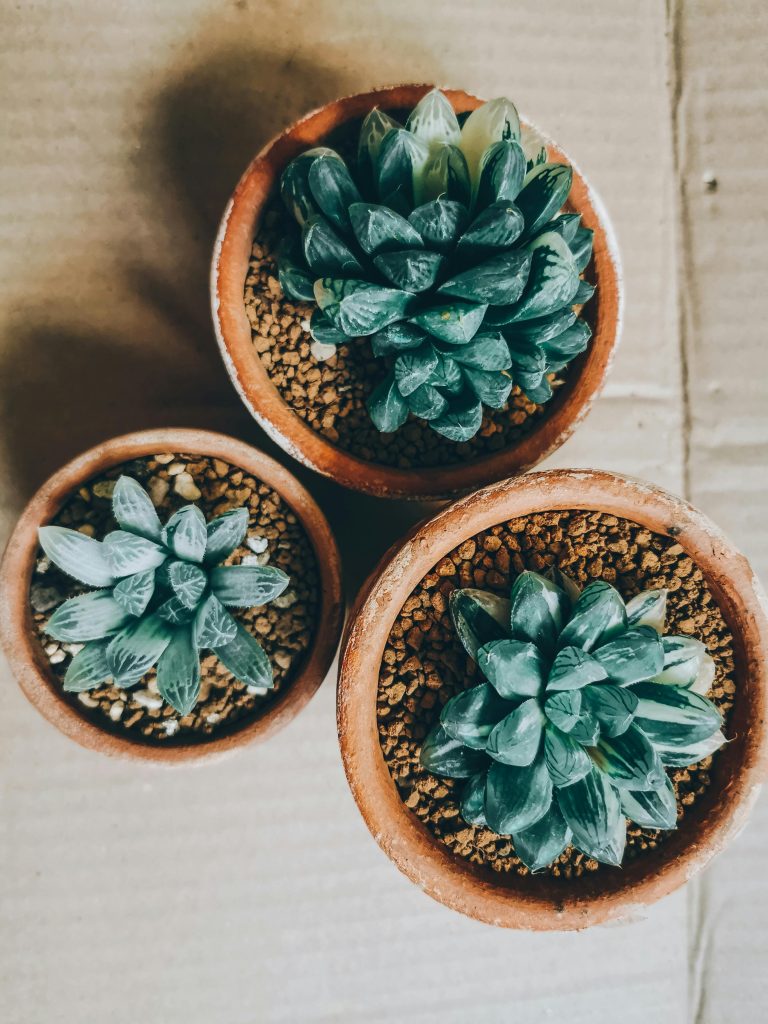
Common Problems & Solutions
Even tough succulents can face issues. Here’s how to troubleshoot:
| Problem | Cause | Solution |
|---|---|---|
| Soft, mushy leaves | Overwatering / Rot | Stop watering, repot in dry soil |
| Wrinkled, dry leaves | Underwatering | Deep soak, adjust schedule |
| Stretched stems | Insufficient light | Move to brighter spot, prune if needed |
| Pests (Mealybugs, Aphids) | Poor air circulation | Wipe with alcohol, use neem oil |
Preventative Tip: Always check new plants for pests before bringing them home.
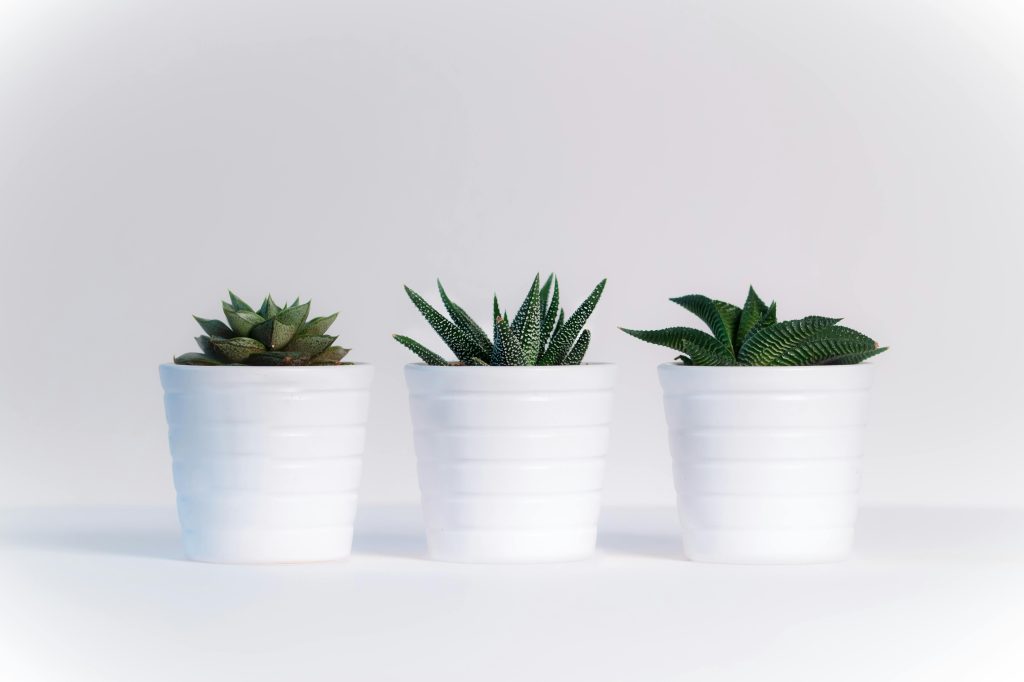
Cost and Availability
Succulents are widely available and budget-friendly:
Where to Buy:
- Local nurseries (healthiest plants, expert advice).
- Online retailers (Etsy, specialized succulent shops).
- Big-box stores (affordable, but inspect for pests).
Price Range:
- Small succulents: $3 to $15.
- Rare/Large specimens: $20 to $100+.
Setup Costs:
- Soil, pot, tools: ~$15 to $40 (one-time investment).
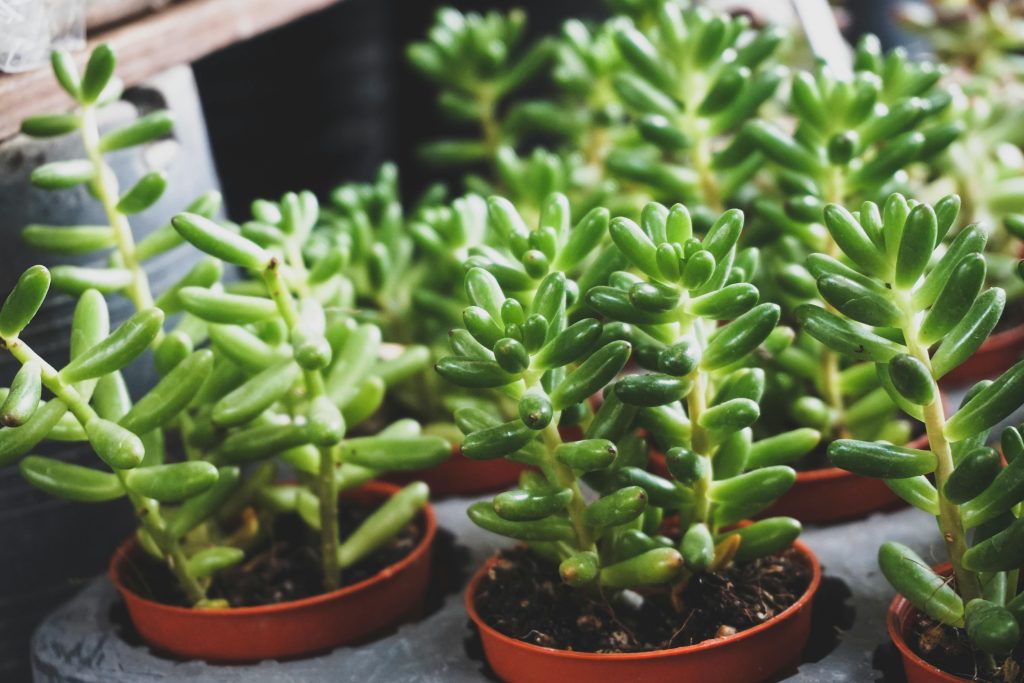
Pros and Cons
Pros
Succulents are ideal for those who:
✅ Want low-maintenance plants.
✅ Love colorful, sculptural greenery.
✅ Live in dry or sunny climates (or can provide bright light indoors).
✅ Enjoy propagating (many succulents grow easily from cuttings).
Cons
Think twice if:
❌ You tend to overwater plants.
❌ Your home has very low light (some may struggle).
❌ You have pets that chew plants (some are toxic).
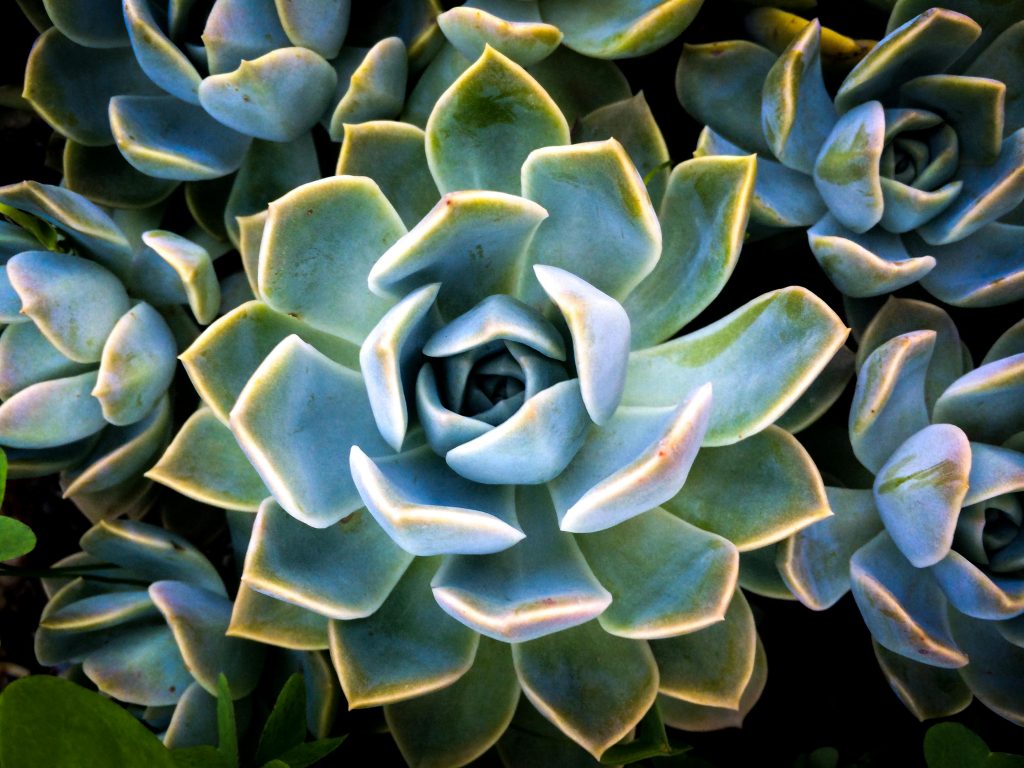
Final Thoughts
Succulents are versatile, beautiful, and forgiving—perfect for any plant lover. Start with an easy variety like Echeveria or Jade Plant, then explore more unique species as you gain confidence.
Have questions or favorite succulent tips? Share them in the comments! We’d love to hear your experiences.
For more plant care guides, stay tuned and happy planting! 🌿💚

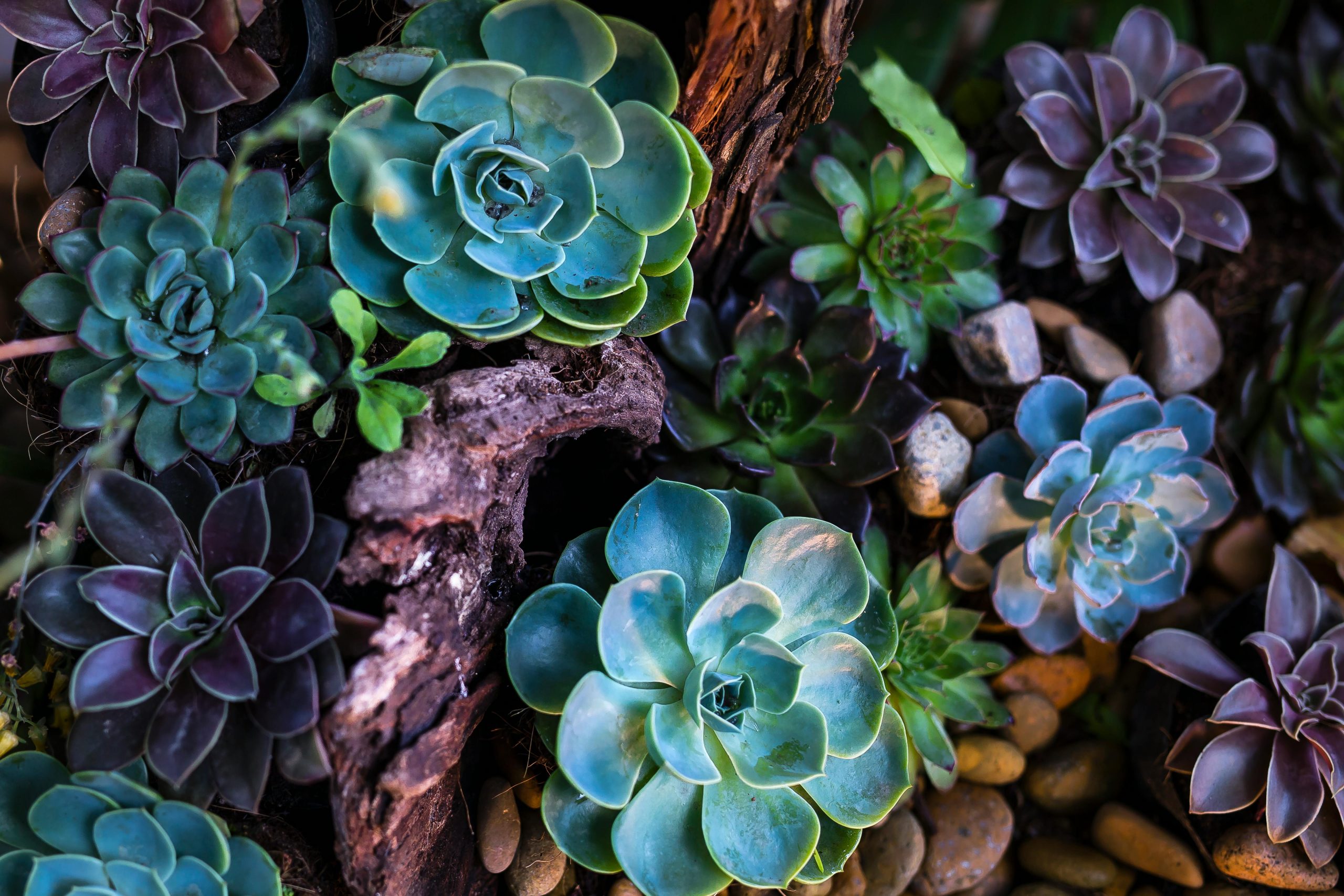
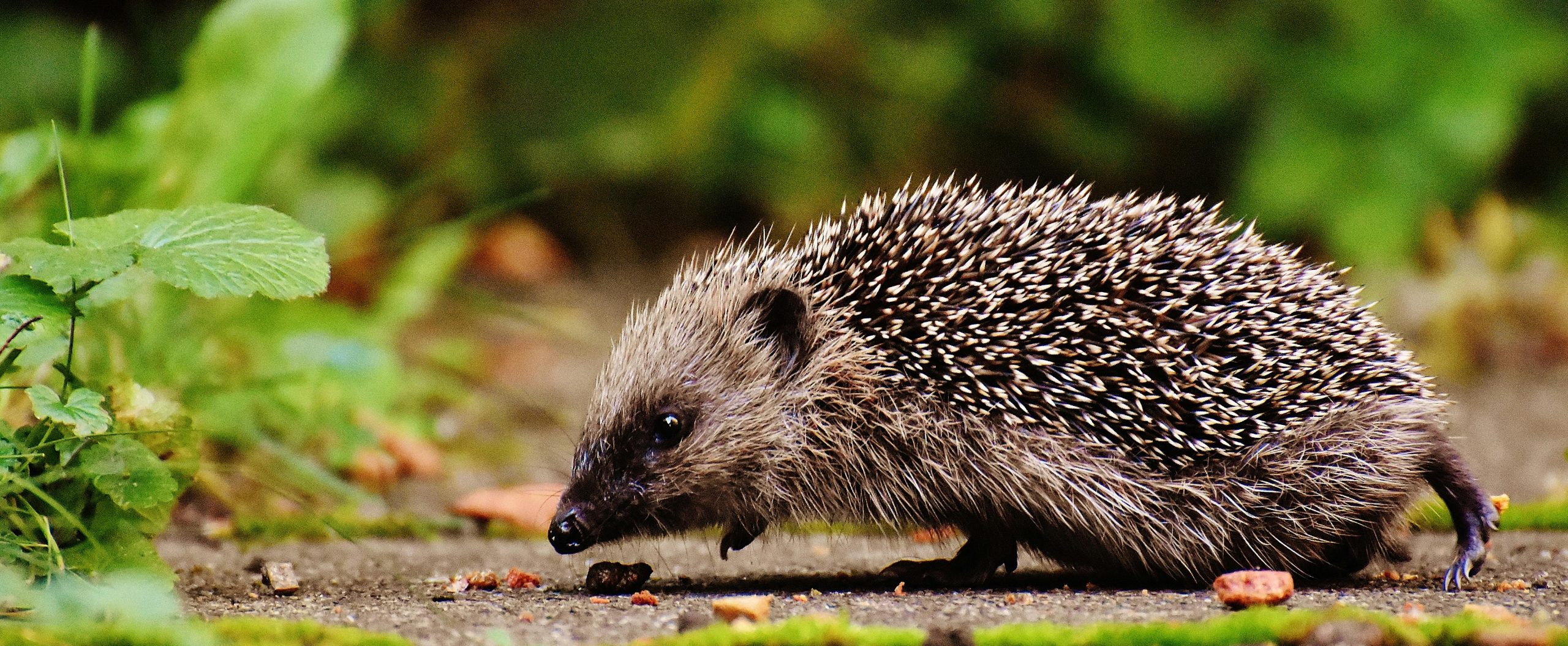
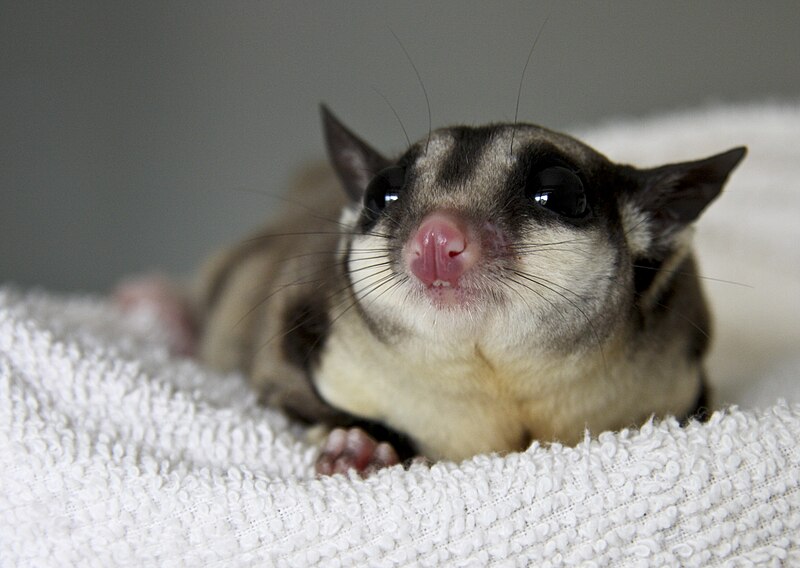
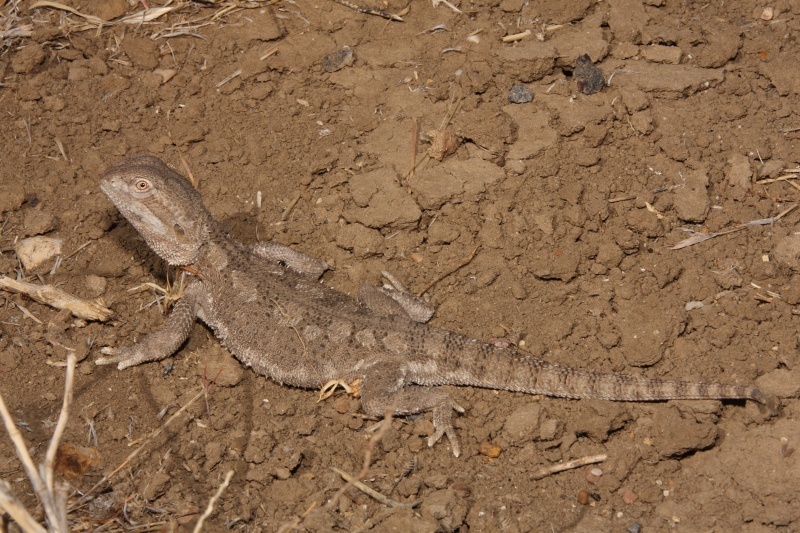
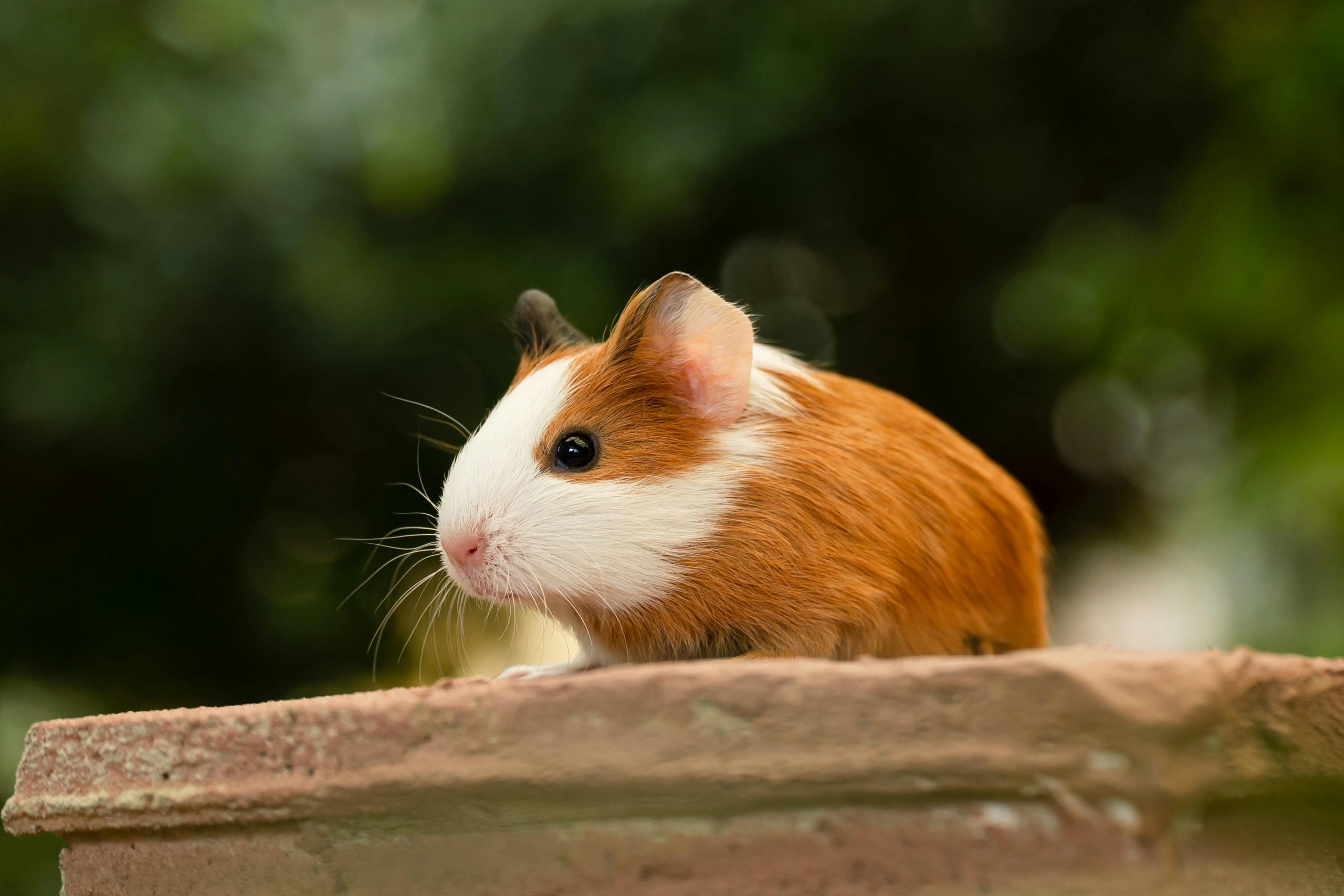
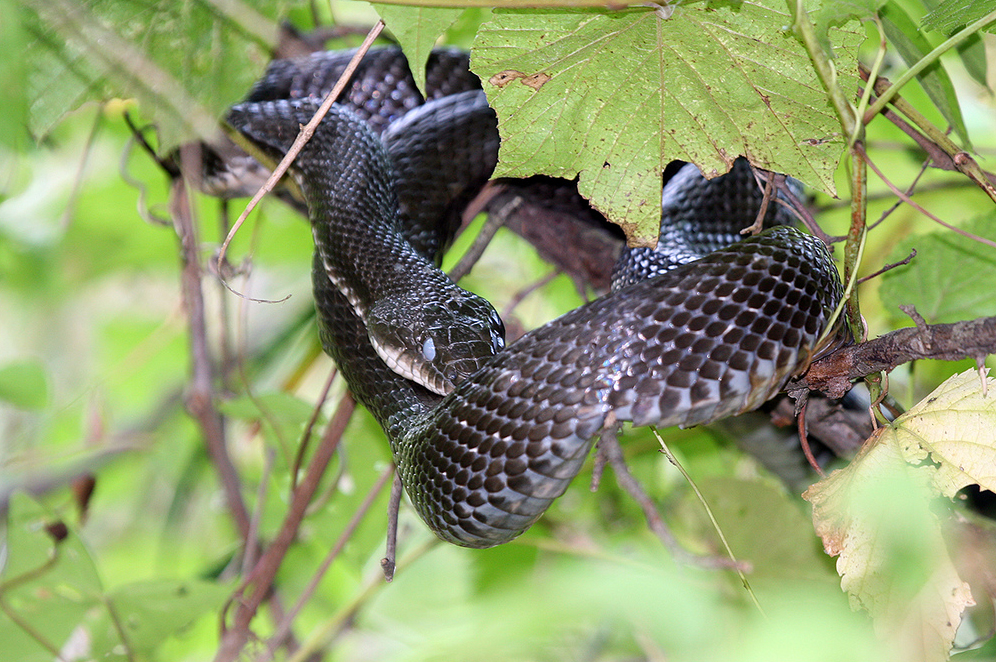
Leave a Reply